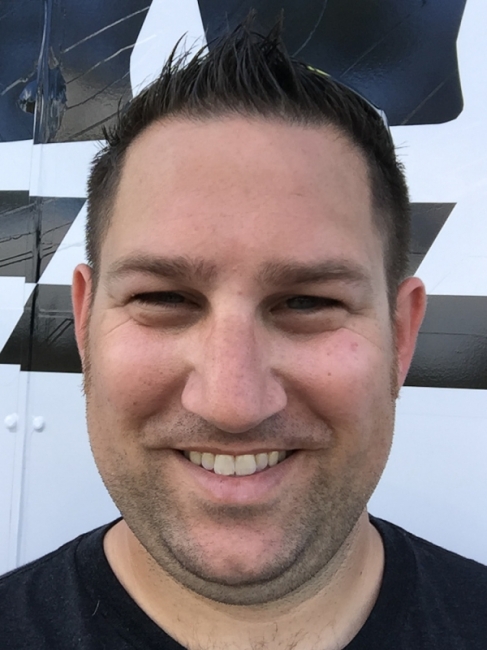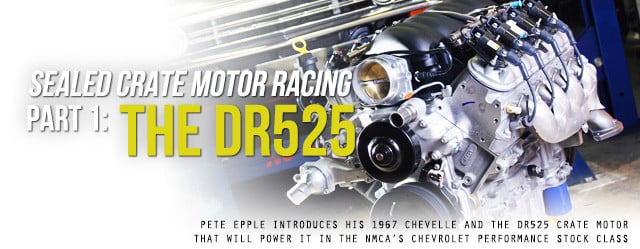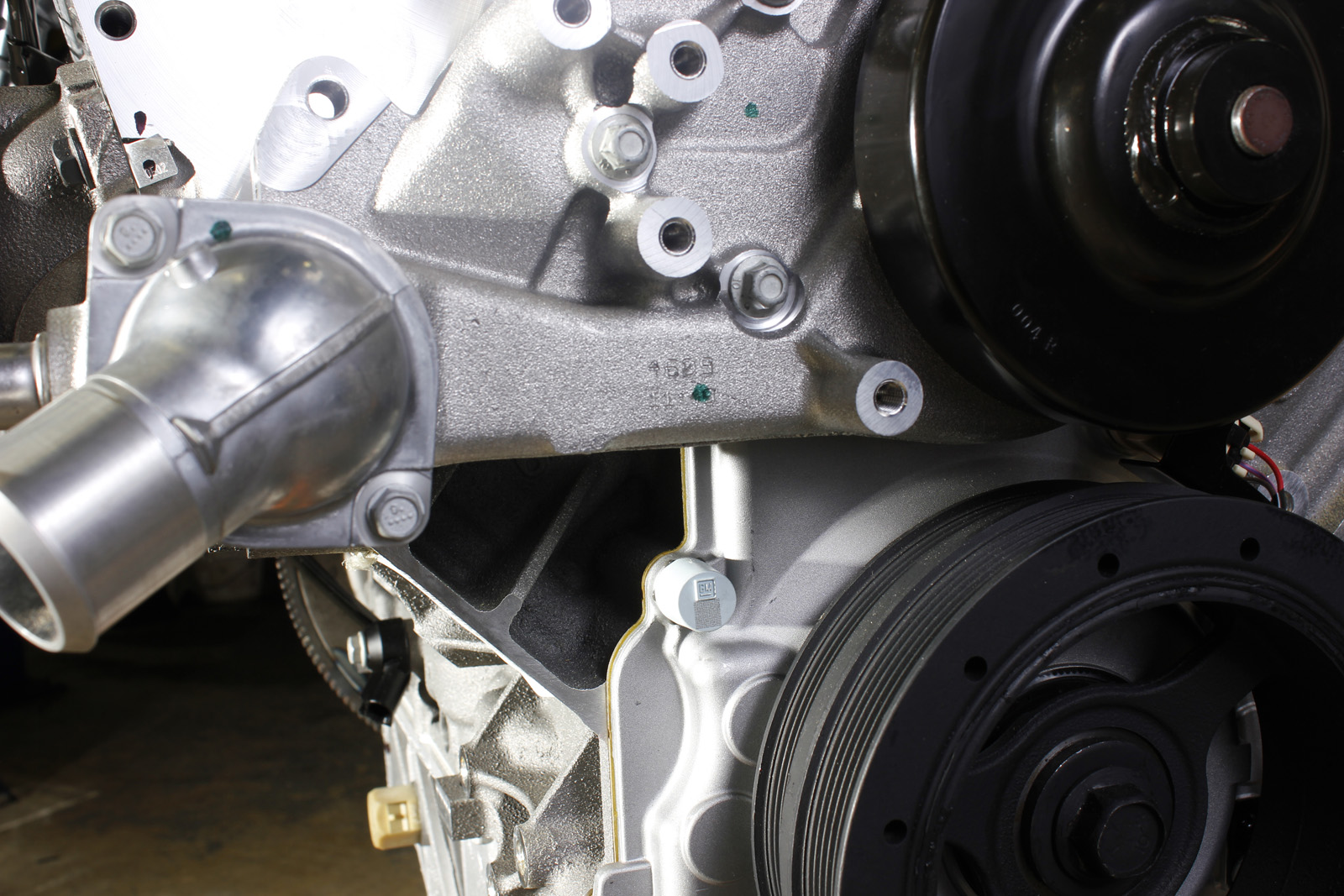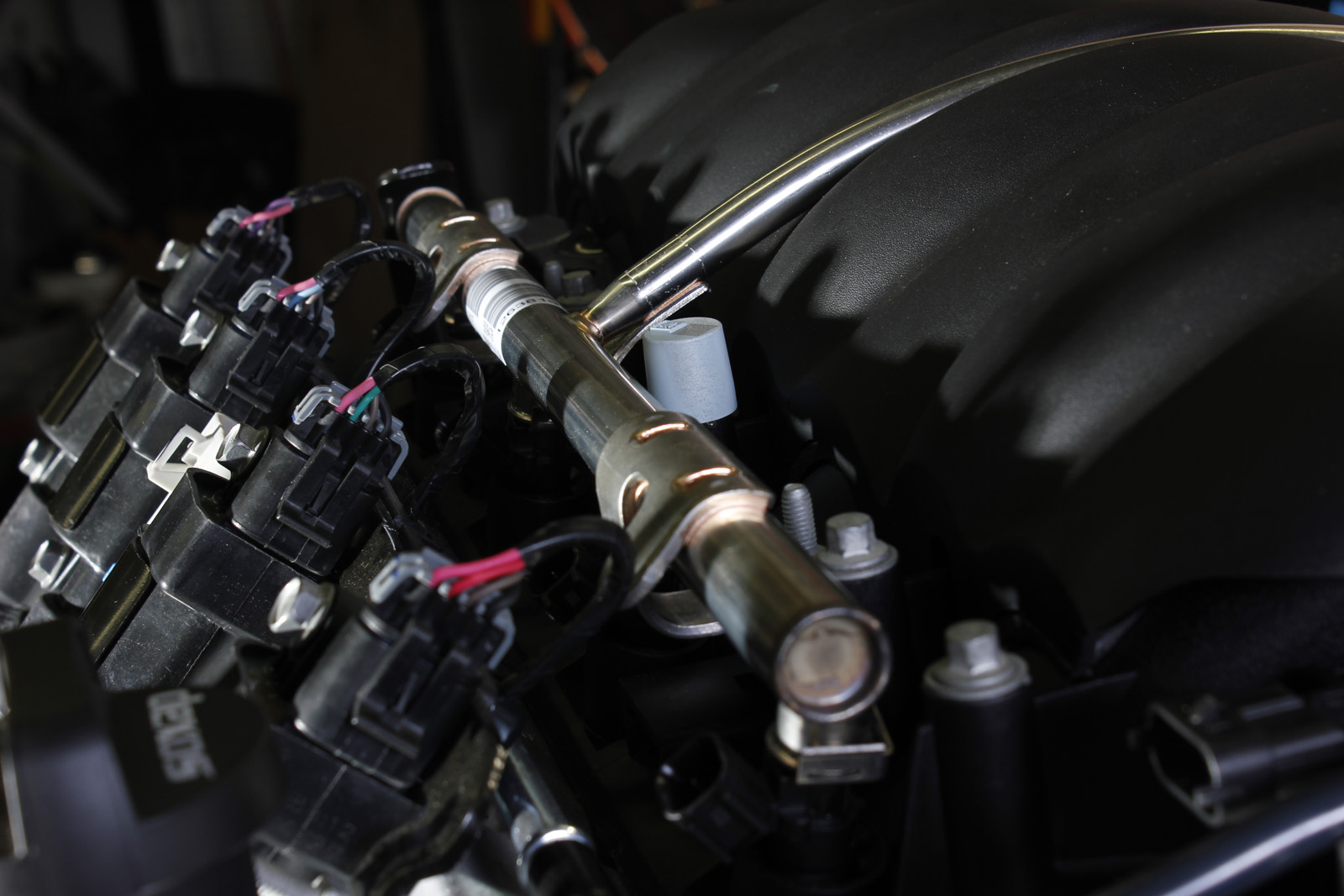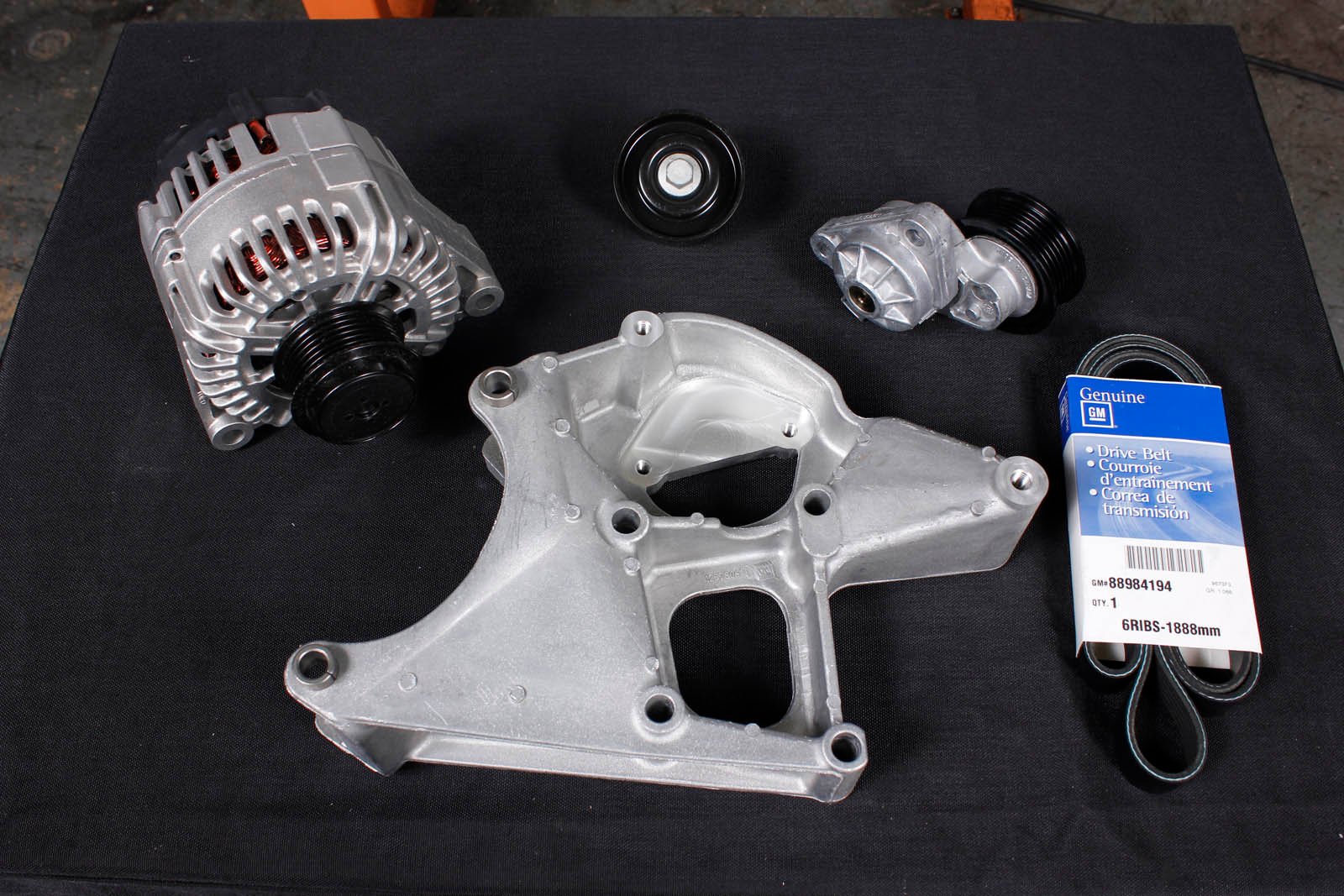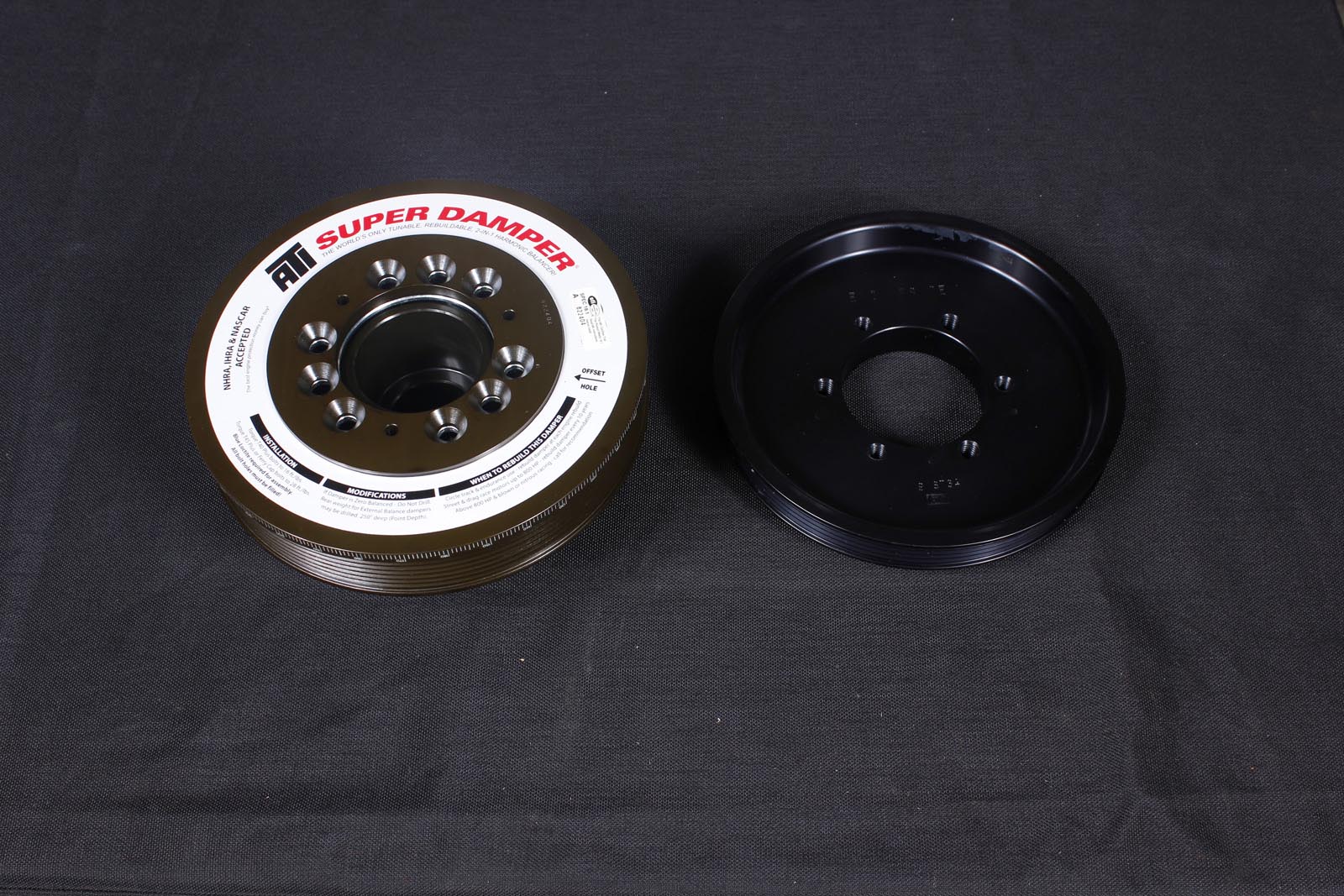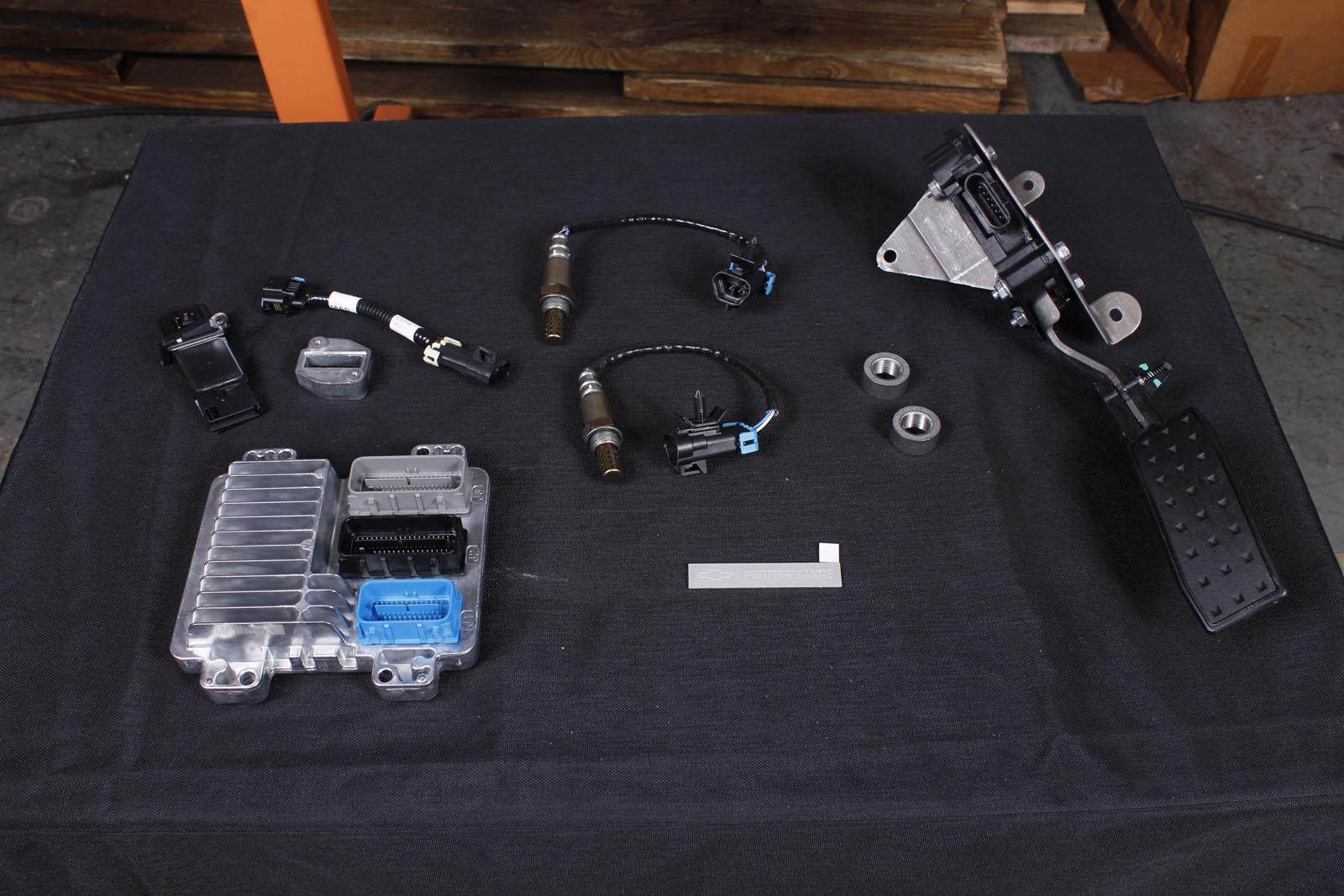Editors Note: Longtime automotive journalist and Power Automedia contributor Pete Epple is going heads-up racing in 2016 with the NMCA’s Chevrolet Performance Stock sealed crate motor class with a classic 1967 Chevelle. This story is part one of a multi-part feature on his project, as the car transformed from a bracket machine to a heads-up track warrior. Epple will narrate the story, and we will follow his progress, from on-track testing right through the end of the season.
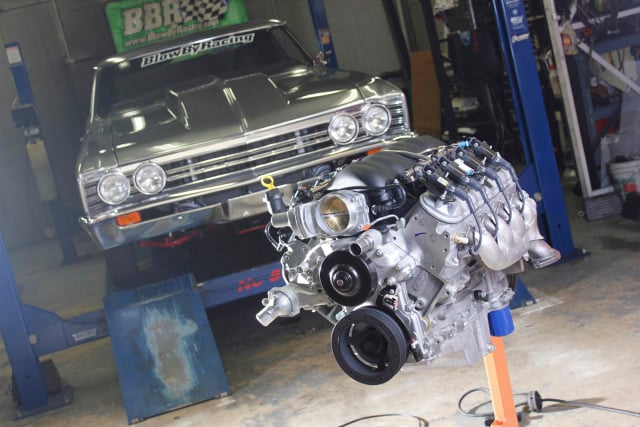
We teamed up with Scoggin-Dickey Parts Center, Chevrolet Performance, and Blow-By Racing to compete in the Chevy Performance Stock class in the 2016 NMCA season.
In the world of heads-up drag racing, more often than not, he who has the deepest pockets dominates. For those of us on a budget, or simply looking to get into it, there are a growing number of options. Sanctioning bodies are beginning to realize that racers don’t have the “bottomless pockets” they used to, and car counts have been affected. So what’s been the solution? A low-cost, heads-up class, with limited potential to get out of control. But that can’t exist, can it?
Well, it does.
In 2015, The National Muscle Car Association (NMCA) launched a new heads-up class for entry-level and budget racers, called Chevrolet Performance Stock (their NMRA series also has a similar eliminator, for 5.0-liter-powered cars). The class is designed around Chevrolet Performance’s DR525 sealed crate engine. The sealed engine and ECU take the high cost of building horsepower and tuning out of the equation.
“The DR525 is a result of the partnership between NMCA and Chevrolet Performance,” explains Curt Collins, manager for Chevrolet Performance. “These two groups worked together with Chevrolet Performance Challenge Series Sponsor Scoggin-Dickey Parts Center to create a great, affordable way for grassroots drag racers to participate in a very competitive field.”
One of the biggest benefits to the structure of the class is that it allows for an extremely wide range of cars to compete. With few exceptions, an already built race car would most likely fit the rules with only a few simple changes or updates. The class is open to GM vehicles, 1955 and newer. This means you could potentially see a COPO Camaro race car lined up against a Tri-Five Chevy, and both would be on an equal playing field. In 2015, the class was full of fourth-gem GM F-bodies and COPO racers, but the potential for earlier musclecars and even oddball classic musclecars intrigued us.
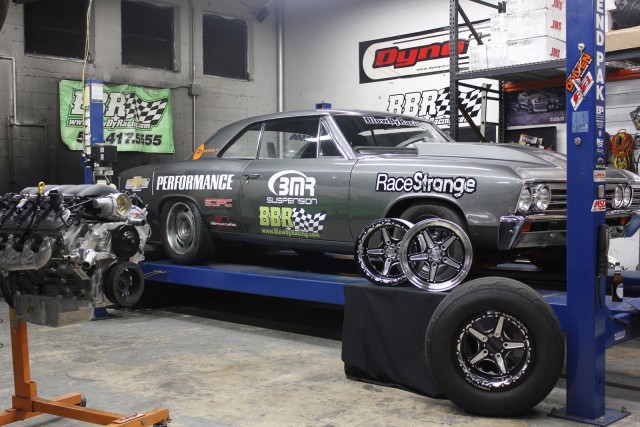
We brought a formally bracket-raced 1967 Chevelle out of storage to prep it for the 2016 race season. Blow-By Racing of Boca Raton, Florida is handling the transformation from a simple bracket car to a class-ready heads-up racer.
We really liked the concept and structure of this class and wanted to compete. Luckily, we had the perfect car for the job. We dusted off a ’67 Chevelle, which was a former bracket car in the Northeast, and that had a mild big-block in it with a TH400 and 12-bolt rear. When it was last raced, the car would run consistent 10.70’s, and was built with components to reliably go quite a bit quicker.
The difference [between the DR525 and a stock LS3] lies in the camshaft, oil pan, and calibration. The DR525 uses a sealed Chevrolet Performance controller to run the engine, and the calibration is optimized to use long tube headers. – Curt Collins, Chevrolet Performance
The focus of this story is the sealed powerplant and accompanying sealed electronics that are mandatory for the class. When it came time to get our hands on Chevrolet Performance’s DR525 crate engine, we contacted the guys at Scoggin-Dickey Parts Center (SDPC) — a Chevy Performance superstore that has absolutely everything you could possibly need to race this class. The DR525 can be had for $8,767 and is available in two versions — the only difference being the oil pan. One version has an oil pan designed for the fourth-gen F-body (PN 19329008) and the other has a musclecar oil pan (PN 19329009), which is designed to fit a wide range of classic GM musclecars. We went with the latter for our Chevelle.
The engine is based on the widely popular LS3 small-block. “The difference (between the DR525 and a stock LS3) lies in the camshaft, oil pan, and calibration,” explains Collins. “The DR525 uses a sealed Chevrolet Performance controller to run the engine, and the calibration is optimized to use long tube headers.”
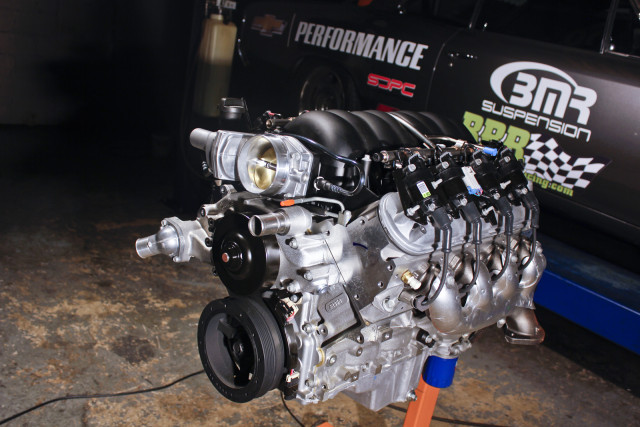
The entire project centers around Chevrolet Performance’s DR525 sealed crate engine. Every competition in the class runs the same sealed engine. We picked ours up from the Chevy Performance gurus at Scoggin-Dickey Parts Center.
The all-aluminum 6.2-liter (376ci) LS engine sports a larger camshaft (0.525/0.525-inch lift and 226/236 degrees of duration) in an otherwise stock configuration. It produces 525 horsepower at 6,300 rpm and 489 lb-ft of torque at 4,400 rpm. The intake manifold, timing cover, and oil pan have tamper-proof DR525-specific seals, preventing unauthorized modifications.
“The all-new DR525 engine in the LS Stock class signals an important advancement for drag racing, delivering exciting heads-up racing at a lower cost than custom-built engines,” said Jim Campbell, General Motors U.S. Vice President of Performance Vehicles and Motorsports. “It’s an approach we’ve implemented in a number of circle track racing series for more than a decade, providing racers a high-performance engine at a great value.”
The ECU is Chevrolet Performance’s custom-calibrated, tamper-proof, E67-type engine control system (PN 19329003). In order to be class legal, this computer must be used and each racer is subject to random ECU reflashes or ECU tradeouts. This rule is designed to keep the playing field equal and prevent racers from cheating and recalibrating the ECU to gain an edge. The electronics are finished with a complete wiring harness that includes an OBDII port and a drive-by-wire gas pedal.
The engine features DR525-specific tamper-proof seals that prevent modifications. There are two on the intake manifold, two on the timing cover, and two on the oil pan.
When the first season of the class started, it was exciting to watch how quickly racers progressed and how quickly the elapsed time dropped. Within the first two races, qualifying times dropped into the 10.40 range, which is a testament to the engine package and calibration in the sealed ECU.
…as the season progressed, racers were getting closer to times that reflected what we would predict with a really good setup. So we felt like we had accomplished one of the rules objectives, which was to allow for some ‘racer ingenuity’. – Keith Wilson, Scoggin-Dickey
Being that the DR525 is derived from a production engine, the reliability and lifespan of the engine was a question we had, given it would be used in a race environment. Collins went on to explain, “The DR525 engine is a race engine. As long as it’s not abused, it should go several years before needing to be rebuilt with new rings and bearings. With proper maintenance, including regular oil changes, it should give the racers years of trouble free service.”
Scoggin-Dickey Parts Center also set us up with the custom-calibrated sealed ECU specific to the class, and the necessary accessory drive. We also upgraded to an SFI-rated harmonic balancer from ATI Performance Products.
In the coming weeks, as we finish the assembly of the car and begin testing for the 2016 season, we will show the steps it takes to transform an old bracket car into a modern heads-up machine. Though a fairly easy and cost-effective way to go heads-up racing, we’ve still hit some snags and issues that simply add character to the project.
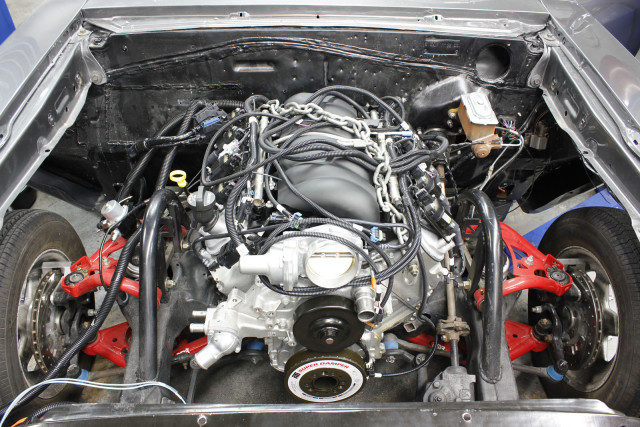
The engine looks right at home in the engine bay of our Chevelle. In the coming weeks it will get wired and backed by the TH400 transmission we already have.
The to-do list is getting shorter by the day, as is our deadline to get the car finished. We’re in the final stretch and will be providing readers a first-hand look at everything we’ve gone through to get to the track. From suspension to fabrication, you’ll see just how easy and cost-effective it can actually be to go heads-up racing.


